The U.S. economy expanded at a surprising 3% annual pace from April through June, bouncing back at least temporarily from a first-quarter drop that reflected disruptions from President Donald Trump’s trade wars.
The rebound grossly overstated the economy’s health as subsiding imports accounted for the bulk of the improvement and domestic demand increased moderately.
Gross domestic product (GDP) bounced back after falling at a 0.5% clip from January through March, the Commerce Department’s Bureau of Economic Analysis said in its advance estimate on Wednesday.
The first-quarter drop was mainly caused by a surge in imports as businesses scrambled to bring in foreign goods ahead of Trump’s tariffs.
Economists had expected 2% growth in the second quarter.
From April through June, a drop in imports added more than 5 percentage points to growth. Consumer spending came in at a weak 1.4%, though it was an improvement over the first quarter.
Economists say Trump’s protectionist trade policy, including sweeping tariffs on imports as well as delaying higher duties, has made it difficult to get a clear pulse on the economy.
Economists urged focusing on final sales to private domestic purchasers, viewed by economists and policymakers alike as a barometer of underlying U.S. economic growth. This measure grew at a 1.2% rate after advancing at a 1.9% rate in the first quarter. That was the slowest increase in domestic demand since the fourth quarter of 2022.
A rush to beat the duties in the first quarter resulted in a record goods trade deficit that weighed on the economy and led to the largest drag on GDP growth from net exports on record, analysts at Goldman Sachs noted recently.
That trend reversed last quarter.
“The increase in real GDP in the second quarter primarily reflected a decrease in imports, which are a subtraction in the calculation of GDP,” said the Commerce Department. The uptick also reflected an increase in consumer spending, the report said.
Acceleration not sustainable
Analysts widely expected a bounce back as imports cooled, but said this might not be sustainable.
They warned that Trump’s incoming wave of tariff hikes could cause an uptick in inflation, which would in turn erode households’ spending power. This stands to weigh on consumption patterns.
“It’s very much distorted by the trade flows and inventory,” said Nationwide chief economist Kathy Bostjancic of second-quarter growth.
But the acceleration is not sustainable, Bostjancic noted.
Since returning to the U.S. presidency, Trump has threatened and rolled out wave after wave of fresh duties.
These included a 10% levy on almost all U.S. partners, higher duties on steel, aluminum and auto imports, as well as separate actions against Canada and Mexico over illegal immigration and illicit fentanyl flows.
In April, the Trump administration separately took aim at the world’s number two economy, China, as Beijing pushed back on U.S. tariffs.
Both countries ended up imposing tit-for-tat tariffs on each other’s products, reaching triple-digit levels and bringing many trade flows to a halt before they reached a temporary agreement to lower duties.
After two days of talks in the Swedish capital of Stockholm this week, negotiators signaled there could be an extension of the truce – although the final call depends on Trump.
Economists anticipated lackluster economic growth in the second half.
Though the White House has announced a number of trade deals, economists said the nation’s effective tariff rate remained one of the highest since the 1930s and noted that about 60% of the nation’s imports remained uncovered by an agreement.
Economists expect the Federal Reserve (Fed) will keep its benchmark interest rate in the 4.25%-4.50% range after the end of a two-day policy meeting on Wednesday, resisting pressure from Trump to lower borrowing costs. The Fed cut rates three times in 2024, with the last move coming in December.
Trump ramped up pressure following the data, saying on social media that Fed Chair Jerome Powell “must now lower the rate,” using his critical nickname for the central bank chief in doing so.
‘Clear deceleration’
Bostjancic expects that underlying activity driving U.S. growth will be moderating, although not collapsing.
“The U.S. economy continues to navigate a complex set of crosscurrents, obscuring a clear reading of its underlying momentum,” said EY chief economist Gregory Daco in a note ahead of the GDP report.
But he added that one trend is evident, which is that “economic activity is decelerating even as inflationary pressures are reemerging.”
“Tariff-induced cost pressures, persistent policy uncertainty, severely curtailed immigration, and elevated interest rates are collectively dampening employment, business investment and household consumption,” Daco said.
Analysts are closely eyeing the impact of Trump’s tariffs on inflation, with economists warning that the duties could fuel price increases. They expect to learn more from data in the summer months.
All of this could impact consumer spending – a key economic driver.
“The trend in GDP growth is best analyzed by considering the first and second quarters together,” said Samuel Tombs, chief U.S. economist at Pantheon Macroeconomics.
He said in an earlier note that the U.S. economy would probably “lose more momentum” in the third quarter, when consumer prices for imported goods likely will rise sharply.

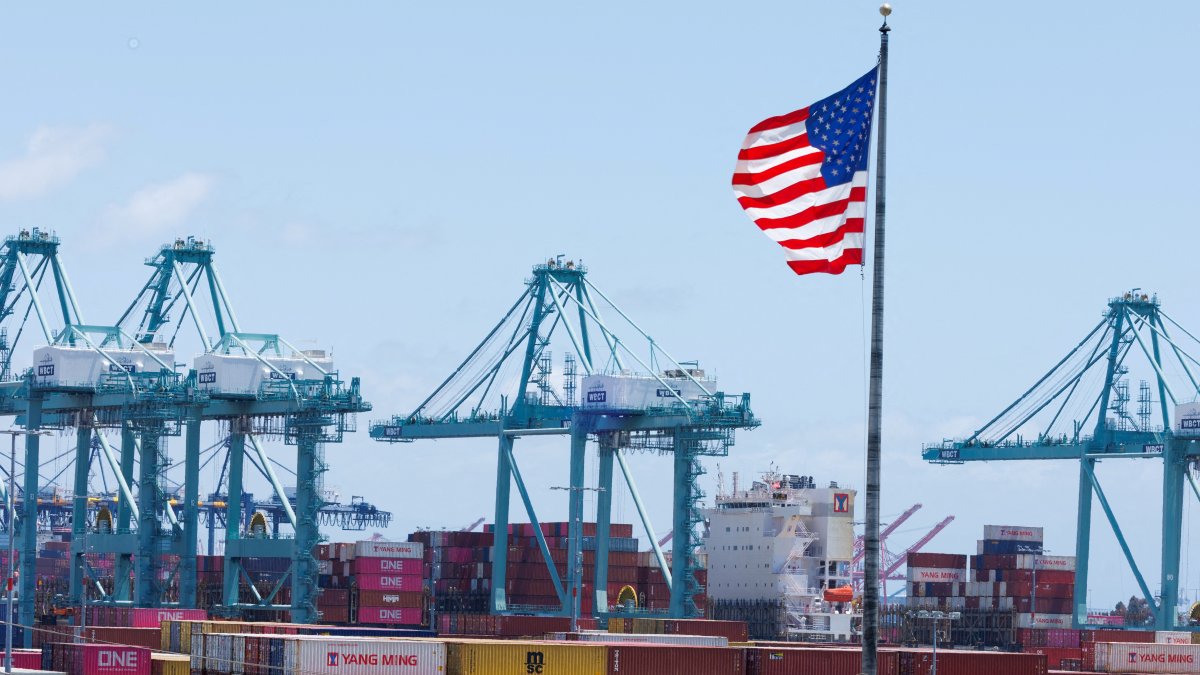
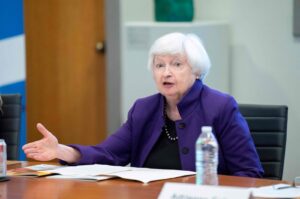



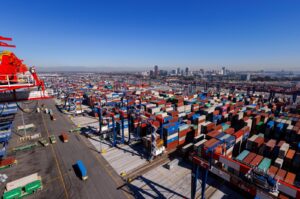




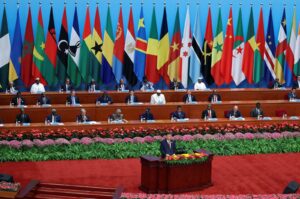








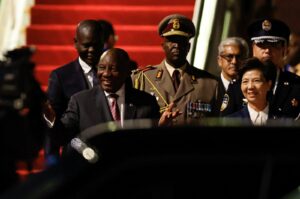




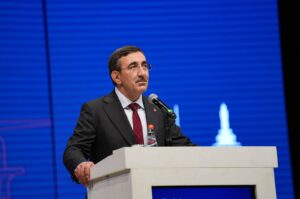








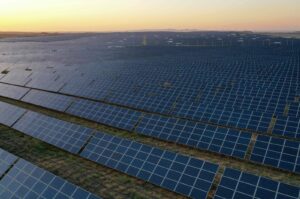

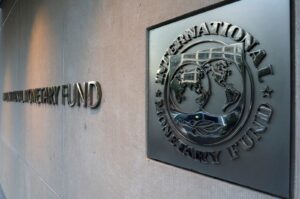




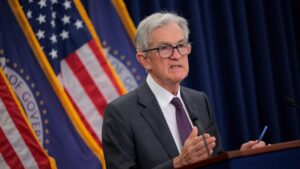

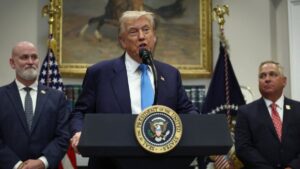
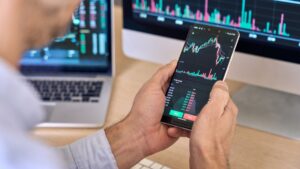




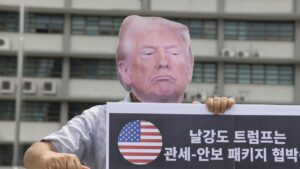

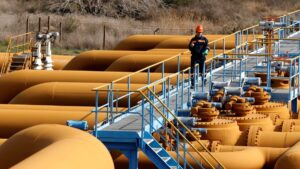
Be First to Comment